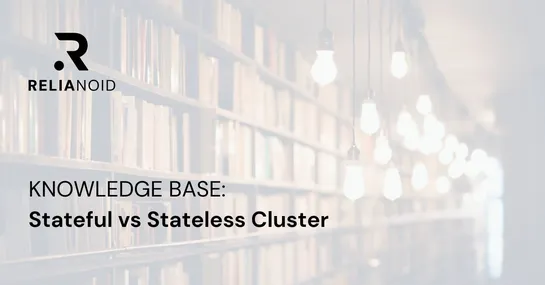This blog post explores Site Reliability Engineering (SRE) and its role in maintaining reliable and scalable IT infrastructure. It emphasizes the importance of DevOps observability tools in empowering SRE practices.
Key takeaways:
SRE is a discipline that merges software engineering principles with IT operations to ensure highly reliable systems.
Core SRE principles include embracing calculated risk, setting clear objectives (SLOs), automation, and continuous monitoring/observability.
DevOps observability tools provide data and insights crucial for informed decision-making, automation, and troubleshooting within SRE practices.
Benefits of using DevOps observability tools include improved visibility, faster incident resolution, proactive problem identification, data-driven decision making, and enhanced collaboration.
Implementing DevOps observability tools requires careful planning, including identifying needs, selecting appropriate tools, establishing data management strategies, and integrating with existing workflows.
By adopting SRE practices and leveraging DevOps observability tools, organizations can achieve significant improvements in system reliability, performance, and overall IT operational efficiency.












